By cleaning the house and ventilating the premises, we are sure that the air we breathe becomes cleaner. However, this statement is not entirely true. After all, things, furniture, wallpaper and other items in our home are also capable of emitting harmful fumes into the atmosphere, which we don’t even know about. In such cases, you can use what nature has done for us for a long time – use plants to purify the air in your home. After all, some plants are not only able to release oxygen, but also neutralize harmful carcinogens and other chemicals.
What harmful fumes can be neutralized in the house?
One of the dangerous substances in the air we breathe is formaldehyde. It can be found in furniture if it is made from chipboard or fiberboard, plywood, furniture upholstery, carpets, laminate, household gas, various types of plastic. Its excess can lead to cancer, allergies, eye problems, and visual impairment. Industrial sources of this substance are waste incinerators, exhaust gases, sewage.
Toluene is also unsafe for the human body. It is found in oil refining products, evaporates from paints and varnishes, hides in pesticides. Sources in the home include printers and fax machines, sealants, carpets, and solvents. The influence of this substance also does not bring you health and causes: headaches, nausea, irritates the mucous membranes, affects the visual organs.
In third place in terms of harmful effects on the body, you can put benzene. It is the result of chemical production. It is usually found in tobacco smoke, printer cartridges, paints and varnishes. It provokes leukemia, obesity, atopic dermatitis, reduces pressure, affects the excitability of the nervous system. Headaches, decreased appetite, dizziness and mental disorders can also be associated with the inhalation of this element.
Ammonia is commonly used in the production of various synthetic fibres, during the processing of cotton or wool products, in the production of sugar, organic dyes or soda, and is found in sewer pipes. It can also be found in computer and office equipment. It is a strong neurotoxin that irritates the eyes and mucous membranes, causes sore throat, cough, allergic edema, respiratory arrest when a large amount of the substance is inhaled.
Acetone, which is often found in everyday life, also does not bring us health. It is thrown out by pharmaceutical and timber processing industries. Vapors occur during the production of acetic acid, various types of plastics, varnishes and paints. At home, it can be seen in nail polish remover or freshly painted items.
Well, the last harmful element for our breath is trichlorethylene (chlorinated hydrocarbon). It is a product of the synthesis of herbicides, the production of varnishes and paints, solvents, wax and bitumen. Used in stain removers, fabric and carpet cleaners, adhesives, plastics, etc.
What plants are used to purify the air at home?
As we have already found out, even the air in our house is fraught with many dangers for our body. To cleanse it, you can use the following plants:
- Chrysanthemum (garden), removes formaldehyde, benzene and ammonia fumes. In addition, it blooms beautifully and for a long time;
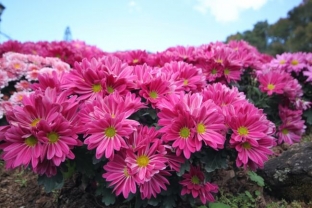
- Schaeffler neutralizes toluene, benzene and formaldehyde, its structure is similar to an umbrella, perfectly cleans the air;
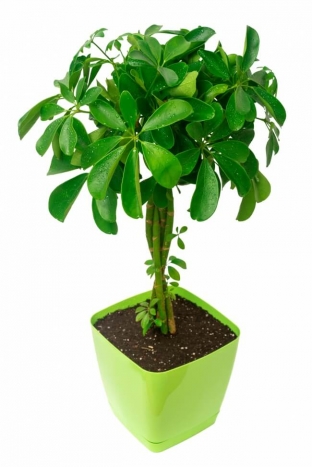
- To feel good at home, plant a bamboo palm tree, it will remove benzene, formaldehyde and trichlorethylene from your space;
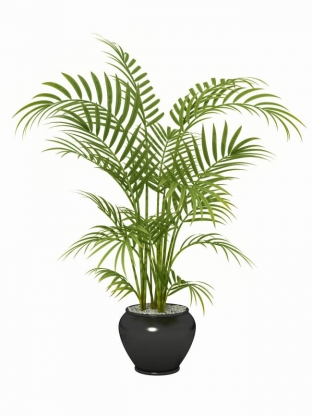
- Having wide leaves, spathiphyllum effectively fights pollution, it removes toluene, formaldehyde, benzene, trichlorethylene.
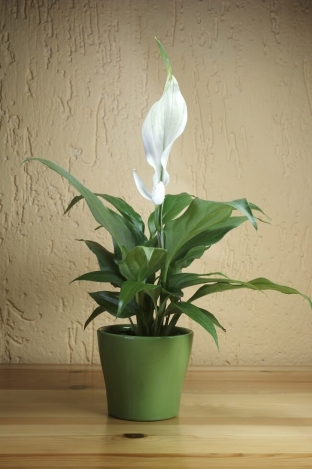
- Boston fern is a champion in humidifying the air and absorbing harmful fumes of formaldehyde and carbon monoxide.
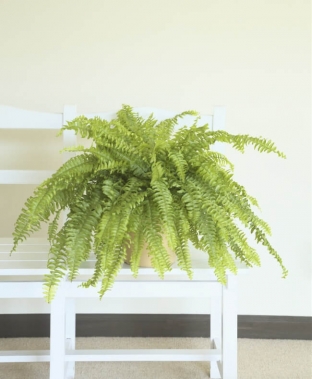
- Azalea. She loves humid environments and inspires with beautiful flowers. It also removes formaldehyde from the atmosphere.
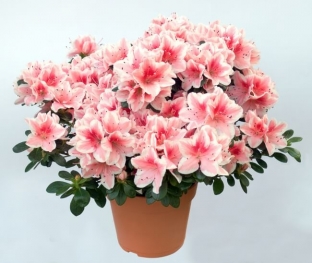
- If it's not very sunny here, get some climbing ivy. It will prevent mold and neutralize all five harmful elements.
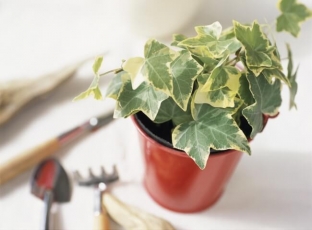
- "Spider" or chlorophytum is a wonderful plant for the home. It is safe for children and animals and will keep the air in your apartment clean by removing formaldehyde, ammonia and benzene.
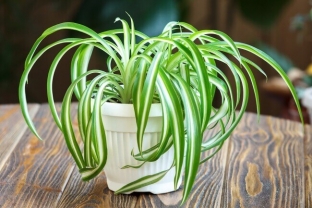
- Large white-green leaves of aglaonema will protect your home from toluene and benzene. However, it should be noted that the juice and berries of this plant are quite poisonous.
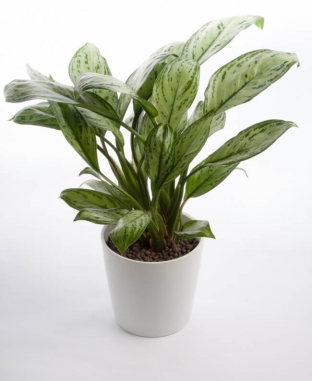
It's good that nature itself gave us plants to purify the air. Try to use only environmentally friendly detergents and natural materials for your home.






Add a comment